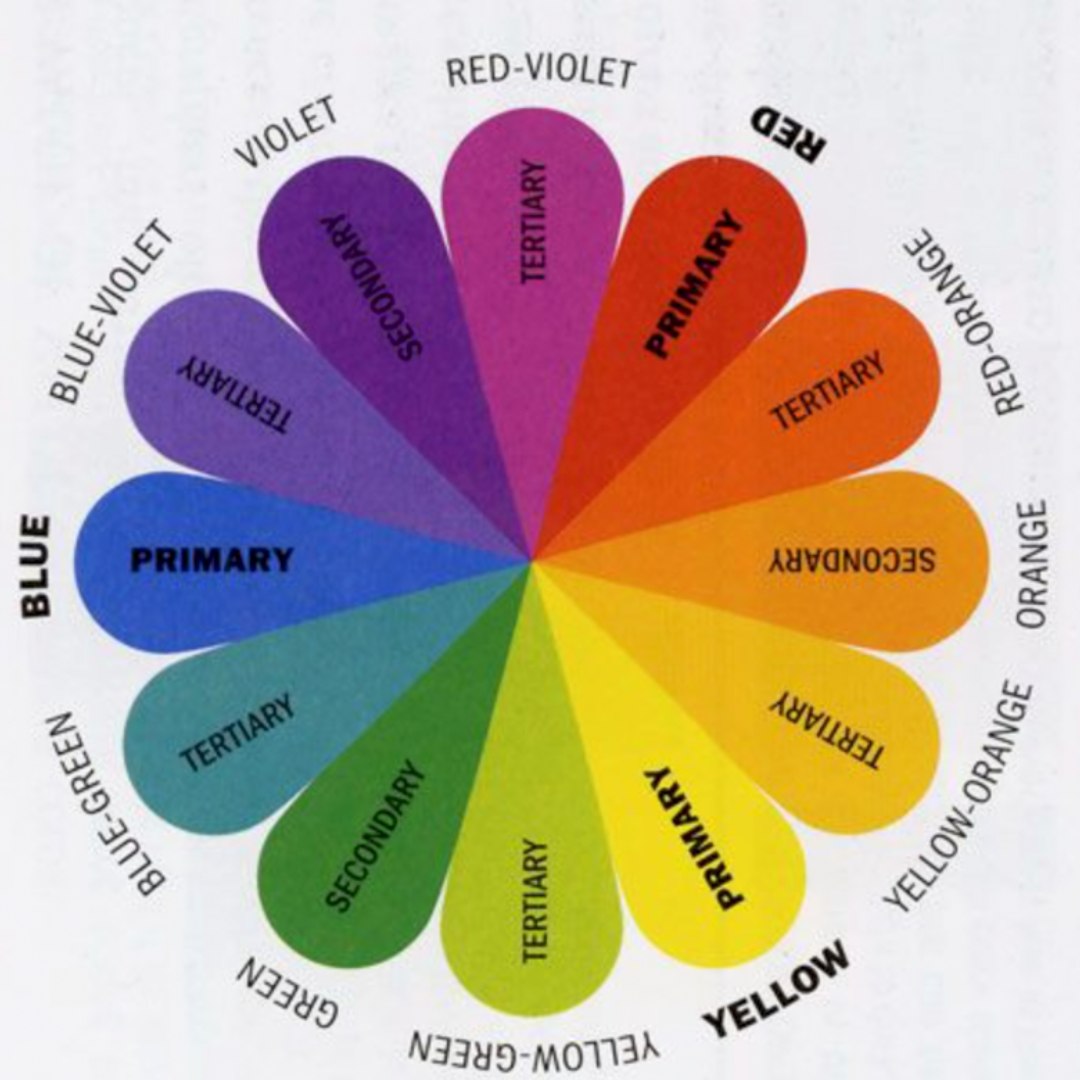Basic Color Theory & Why You Need to Know it
Basic Color Theory & Why You Need to Know it
Photography and design is so much more than just picking up a camera and taking a photo. Knowing color theory is part of at first being intentional and then it becomes second nature. Here are a few tips to help you out!
WHAT MAKES PHOTOS HAVE COLOR HARMONY?
Color Harmony is achieved is through using Analogous colors (colors next to each other on the color wheel), Complementary colors (colors across from each other on the color wheel) or Monochromatic (overwhelmingly the same color)
COLOR CONTEXT & CONTRAST
Color behaves differently based on the background or surrounding colors. This can be due to the relative on the color wheel of the two colors. The closer the color is, generally the less contrast is created. Tone of the background can also cause the color to appear differently.
Here are 2 of the same images with one completely desaturated. Theses concepts apply to both black & white and color situations, as shown above.
WHY YOU SHOULD CARE
Whether you are a photographer or designer or just a creative in general, color effects your final product. (Even if you are an exclusively black & white photographer.) Understanding how something works is ESSENTIAL in learning how to use it to your advantage. You have to learn the rules before you can break them intentionally.
As always, you can learn more about design and general photography basics in my Photography 101 course here:

